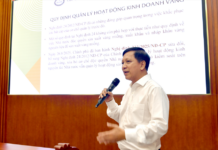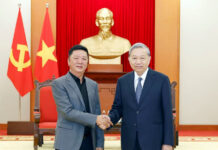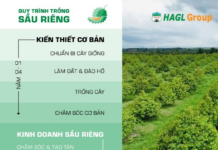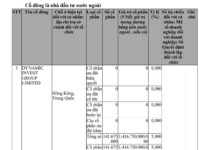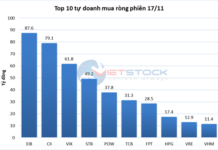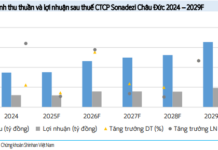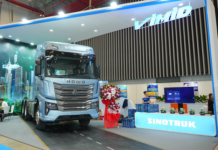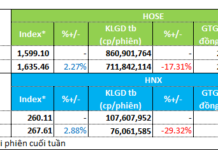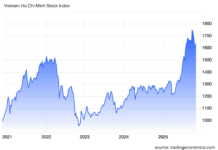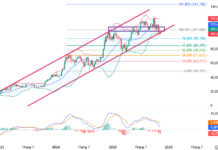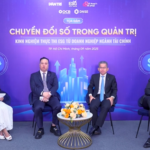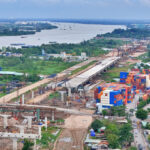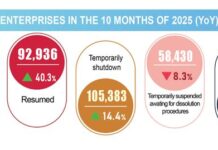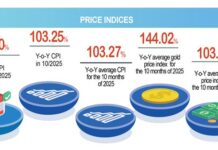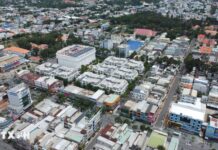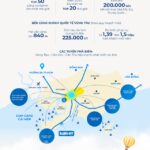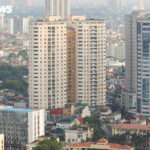According to the 38th Global Financial Centres Index (GFCI 38), Ho Chi Minh City (HCMC) has significantly improved its ranking, climbing three positions from 98th to 95th out of 120 cities. This marks a notable advancement since the March report, with HCMC surpassing Bangkok, Thailand, for the first time—a positive signal for Vietnam’s ambition to establish an international financial hub.
A Remarkable Rise
HCMC scored 664 points, a 10-point increase from GFCI 37, while Bangkok dropped to 102nd place with 657 points. New York and London retained their top positions, followed by Hong Kong and Singapore, which gained 13 points but remained in 4th place.
The GFCI ranking is based on over 140 criteria provided by international organizations such as the United Nations, World Bank, and World Economic Forum, ensuring a comprehensive evaluation.
Over the past year, HCMC has made an impressive leap, rising 10 places in total, reflecting a shift in how the global market perceives its potential. GFCI 38 also listed HCMC among the “financial centers to watch,” indicating growing international financial interest.
The GFCI 38 report categorizes criteria into five groups: business environment, human resources, infrastructure, financial development, and reputation. HCMC’s strengths include its role as Southeast Asia’s economic gateway, high growth rates, and increasing demand for international capital. Notably, tax reforms and the implementation of a fintech sandbox have laid the groundwork for further progress.
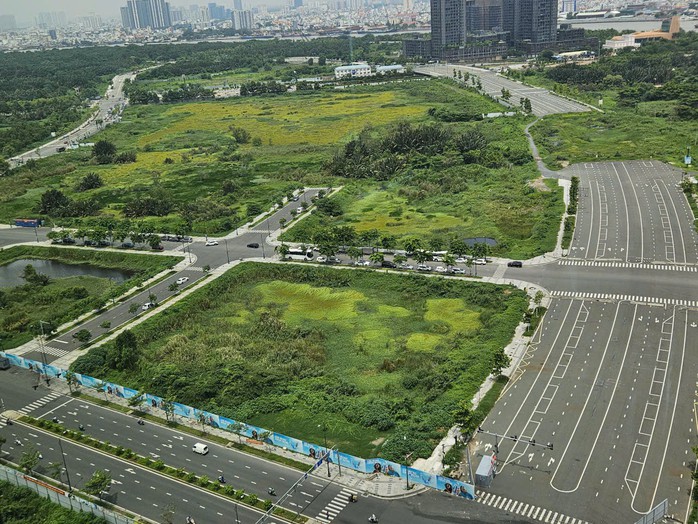
The new Thu Thiem urban area is designated as the location for HCMC’s International Financial Center.
Assoc. Prof. Dr. Nguyen Huu Huan, a member of the advisory group for developing Vietnam’s International Financial Center in HCMC, noted that the city is among the centers expected to gain prominence in the next 2-3 years, mentioned alongside major hubs like Dubai, Singapore, Riyadh, and Abu Dhabi.
“HCMC is rapidly emerging on the global financial map, aiming to become an international financial center by 2030. From a concept two decades ago, Vietnam’s largest city has taken bold steps to attract global capital and drive fintech innovation. Its rising international rankings reflect its determination and potential,” said Huan.
International observers also highlight Vietnam’s opportunities. Nguyen Thuy Hanh, CEO and Head of Corporate, Commercial, and Institutional Banking at Standard Chartered Vietnam, believes that establishing international financial centers in HCMC and Da Nang will create a new platform for domestic and foreign financial institutions. “These centers will offer products aligned with global standards, expanding collaboration and growth opportunities for both local markets and international investors,” Hanh emphasized.
Challenges Remain
However, experts warn that to achieve its goal of entering the top 50 global financial centers by 2035, HCMC must overcome significant hurdles identified in the GFCI 38 report, including legal transparency, digital infrastructure, fintech talent, and international branding. These are critical for the city to become a global capital destination, especially in the fast-growing fintech sector.
Assoc. Prof. Dr. Nguyen Huu Huan suggests policies such as corporate tax exemptions for financial companies, personal income tax waivers for high-skilled experts, and streamlined visas for international professionals and their families.
A notable proposal is the implementation of a “one-stop-shop” mechanism to expedite processing times. “Applications for international financial center membership could be submitted online, with provisional approval within one day and formal recognition within seven days. Fortune 500 companies would receive automatic approval, attracting major financial players,” Huan added.
The Ministry of Finance has proposed a minimum capital requirement of VND 5 trillion (USD 190 million) for securities companies establishing themselves in the international financial center. The State Bank of Vietnam has also drafted regulations for bank licensing, requiring domestic banks to have at least VND 100 trillion in assets and foreign banks to hold a minimum of USD 10 billion. Foreign bank branches must have at least USD 20 billion in assets to ensure scale, financial capacity, and transparency.
At the recent Vietnam Financial Advisors High-Level Forum, Deputy Minister of Finance Nguyen Thi Bich Ngoc announced that ministries are finalizing eight decrees to establish the legal framework for the international financial center. These decrees aim to balance international standards, regional competitiveness, and long-term development. “Without superior mechanisms, Vietnam will struggle to attract global financial institutions,” Ngoc stated.
In addition to tax incentives and sandbox initiatives, HCMC and Da Nang are developing robust physical and digital infrastructure, including transportation, logistics, telecommunications, and digital frameworks, to support the financial ecosystem.
New Initiatives Underway
The advisory group for HCMC’s International Financial Center reports that from 2026, the city will introduce sandboxes for digital assets, peer-to-peer lending, carbon credit markets, and fintech. During 2026-2027, HCMC plans to launch a 24/7 T+0 payment system, establish an internationally compliant data center, and connect financial infrastructure with ASEAN and major markets.
Ho Chi Minh City Tax Authorities Name Companies and Individuals Owing VND 2.4 Trillion in Taxes: Singer Jack’s Company (J97) Included, One Woman Owes Nearly VND 160 Billion
The Ho Chi Minh City Tax Department has released a list of 1,890 individuals and businesses owing over VND 2,400 billion in taxes as of August 2025. This comprehensive list features prominent names across various sectors, including real estate, securities, and entertainment, notably J97 Entertainment, owned by singer Jack.
Emerging Milestone for Ho Chi Minh City’s International Financial Hub
Ho Chi Minh City’s standing on global rankings continues to rise, underscoring its unwavering ambition and potential to emerge as a leading international financial hub.










